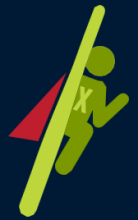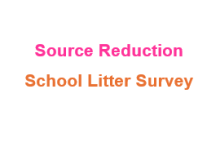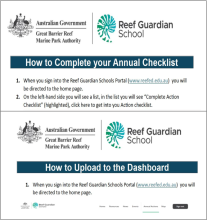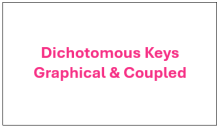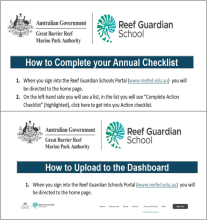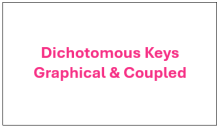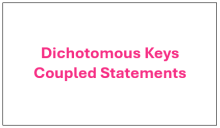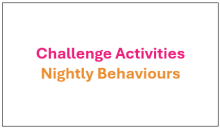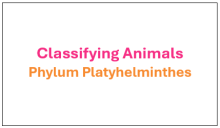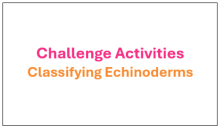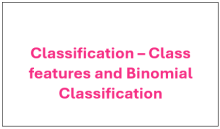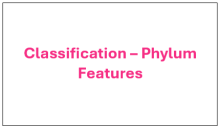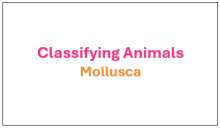- All pages
- Primary school
- Middle school
- Senior school
Be a Marine Biologist for a Day Survey Slate
The survey slate used when conducting a 10-minute timed-swim survey as part of the Rapid Monitoring: Be a Marine Biologist for a Day program.
Captain Popper Stopper
Captain Popper Stopper is a fun skit talking about the pros and cons of poppers and reusable bottles.
Source Reduction - School Litter Survey
Conduct a litter survey by collecting and recording any litter you find around your school grounds. You could conduct a number of these or just one in a lunch break. Once you have collected your data, analyse it on the following page. Any items that not listed below you can create an additional item in the blank sections.
Source Reduction Plan Instructions
Everyone can help reduce marine debris, even if you live far away from the coast. Land and ocean are connected through waterways, and every action from changing consumption habits to cleaning up the environment to big scale projects can make a difference to one of the largest environmental issues.
Aims/Outcomes:
• Students develop an understanding of how litter ends up as marine debris
• To challenge students to identify ways to reduce litter at its source in their schools
• To promote student involvement in on the ground projects and actions in their schools
How to Guide for Teachers: Adding Annual Actions and Posting to the Dashboard
This guide provides step-by-step instructions for teachers on how to effectively add their annual actions to the Reef Guardian Portal and post updates to the dashboard. Whether you’re sharing exciting initiatives, classroom projects, or community engagement activities, this guide will help you showcase your achievements and inspire others.
Middle/Senior Grade 7 to 11 - Animal Features
Dichotomous Keys - Graphical & Coupled
1. Coupled statements - Using the animal clues and names provided on page 2, place each of the animals in their correct place in the key below
2.Graphical representation – Using the animal clues and names provided on page 2, write the name of each animal in their correct place in the key below.
Pagination
Be a Marine Biologist for a Day Survey Slate
The survey slate used when conducting a 10-minute timed-swim survey as part of the Rapid Monitoring: Be a Marine Biologist for a Day program.
Captain Popper Stopper
Captain Popper Stopper is a fun skit talking about the pros and cons of poppers and reusable bottles.
Source Reduction - School Litter Survey
Conduct a litter survey by collecting and recording any litter you find around your school grounds. You could conduct a number of these or just one in a lunch break. Once you have collected your data, analyse it on the following page. Any items that not listed below you can create an additional item in the blank sections.
Source Reduction Plan Instructions
Everyone can help reduce marine debris, even if you live far away from the coast. Land and ocean are connected through waterways, and every action from changing consumption habits to cleaning up the environment to big scale projects can make a difference to one of the largest environmental issues.
Aims/Outcomes:
• Students develop an understanding of how litter ends up as marine debris
• To challenge students to identify ways to reduce litter at its source in their schools
• To promote student involvement in on the ground projects and actions in their schools
How to Guide for Teachers: Adding Annual Actions and Posting to the Dashboard
This guide provides step-by-step instructions for teachers on how to effectively add their annual actions to the Reef Guardian Portal and post updates to the dashboard. Whether you’re sharing exciting initiatives, classroom projects, or community engagement activities, this guide will help you showcase your achievements and inspire others.
Primary Grade 5 - (Structural) What has Gills?
Adaptations
1. How do sea creatures breathe underwater? Most animals use special organs called gills.
2. Circle the animals below if you think they have gills.
For the animals that you didn’t circle, investigate how they are able to survive life underwater.
Pagination
How to Guide for Teachers: Adding Annual Actions and Posting to the Dashboard
This guide provides step-by-step instructions for teachers on how to effectively add their annual actions to the Reef Guardian Portal and post updates to the dashboard. Whether you’re sharing exciting initiatives, classroom projects, or community engagement activities, this guide will help you showcase your achievements and inspire others.
Middle/Senior Grade 7 to 11 - Animal Features
Dichotomous Keys - Graphical & Coupled
1. Coupled statements - Using the animal clues and names provided on page 2, place each of the animals in their correct place in the key below
2.Graphical representation – Using the animal clues and names provided on page 2, write the name of each animal in their correct place in the key below.
Middle/Senior Grade 7 to 11 - Identifying Animal Phyla
Dichotomous Keys - Coupled Statements
Dichotomous Keys use coupled statements about key features that an animal may possess to help identify it.
1. Using the key below determine which phylum each animal at the bottom of the page belongs to. First select an animal, then beginning at statement one, work through all
statements until you find the one that best fits that animal.
2. Record the phylum for each animal below its image.
Primary Grade 5 - (Behavioural) Nightly Behaviours
Reef animals have some unusual behaviours at night.
Can you guess what they are?
Middle/Senior Grade 7 to 11 - Platyhelminthes
Classification - Phylum Platyhelminthes
1. Select which group of worms the name Platyhelminthes refers to.
2. Connect the following words to their meaning.
3. Identify the key characteristics of animals in this phylum.
Middle Grade 7 - What makes them different?
Classification Challenge Sheet Echinoderms
1. What makes them different? SeaStar, sea cucumbers and sea urchins are all grouped together because they have characteristics in common, even though each animal looks very different to the others.
2. List three characteristics that they all have in common.
3. Dichotomous keys are used by scientists to correctly identify species. Use the key below to identify the three types of echinoderms in the pictures below.
Pagination
Middle/Senior Grade 7 to 11 - Animal Features
Dichotomous Keys - Graphical & Coupled
1. Coupled statements - Using the animal clues and names provided on page 2, place each of the animals in their correct place in the key below
2.Graphical representation – Using the animal clues and names provided on page 2, write the name of each animal in their correct place in the key below.
Middle/Senior Grade 7 to 11 - Identifying Animal Phyla
Dichotomous Keys - Coupled Statements
Dichotomous Keys use coupled statements about key features that an animal may possess to help identify it.
1. Using the key below determine which phylum each animal at the bottom of the page belongs to. First select an animal, then beginning at statement one, work through all
statements until you find the one that best fits that animal.
2. Record the phylum for each animal below its image.
Senior Grade 11 - Class features and Binomial Classification
Classification
1. Class features - Using the information from page 1, find examples of reef animals for each of the Classes to
complete the table below. Include the Genus and species name for each animal if you can. In
the last column, record the features of the animal that group it in this Class.
2. What’s in a name?
a. Explain how we can tell they are different species if they have the same species name?
b. Investigate what the word “lineatus” means. Record your findings below.
c. Explain why both fish have the same species name of lineatus?
Senior Grade 11 - Phylum Features Table
Classification
1. Complete the table below using the information on Page 2 to help you.
2. This table lists the common features or characteristics that are used to group
animals into different Phyla. Use this information to help you to complete the
table.
Middle/Senior Grade 7 to 11 - Platyhelminthes
Classification - Phylum Platyhelminthes
1. Select which group of worms the name Platyhelminthes refers to.
2. Connect the following words to their meaning.
3. Identify the key characteristics of animals in this phylum.
Middle/Senior Grade 7 to 11 - Mollusca
Classification - Phylum Mollusca
1. List some of the animals that belong in this phylum.
2. Identify the key characteristics of animals in this phylum.
3. Describe what a radula is and where it is found.


